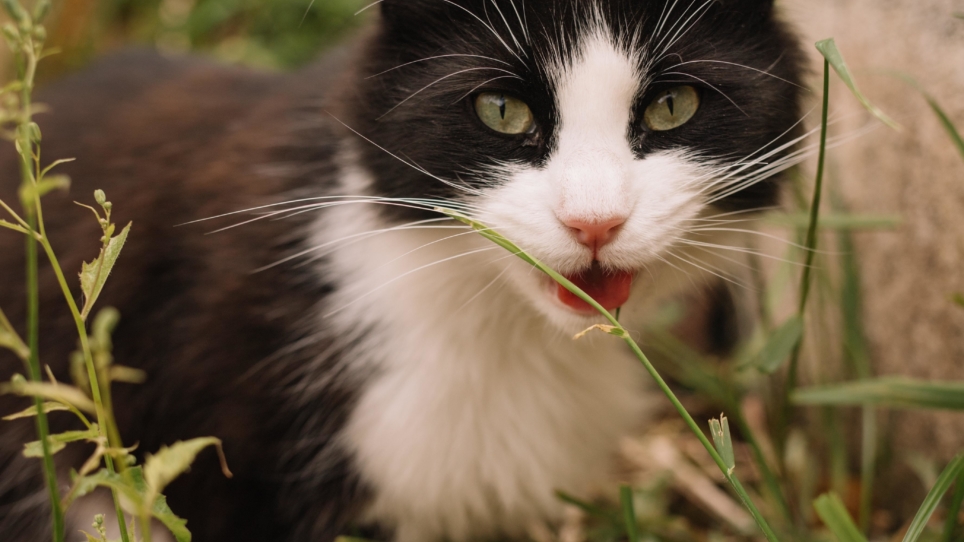Having your cat go missing is always a terrible and scary experience, but there are some steps you can take to make sure you are reunited with your furbaby as soon as possible.
Search for your cat as soon as you have noticed they’re missing.
Don’t wait in the hope your cat will find its own way home. Search your home and yard thoroughly, including any spaces you think your cat may not be able to fit through. Cats will try and find a place to hide in order to feel safe and protected when scared or stressed.
Your pet might be able to find its way home, but you should always assume that it won’t. You can walk the streets in your neighbourhood and check with your neighbours to see if your cat has paid them a visit.
Don’t forget to check your sheds and any other hiding spots in your backyard your cat may have found to hide in. It’s also a good idea to ask your neighbours to do the same, just in case.
Contact your local councils and vets about your lost pet
Contact council pounds and veterinary clinics – even ones outside your local area, as your pet might have travelled surprisingly far.
Cats have been known to travel outside of their immediate neighbourhood. In fact, your cat is probably capable of wandering much further than you think. In a recent study in NSW, 13 pet cats were tracked using GPS and some of those cats wandered as far as three kilometres from home.
Keep in contact with these organisations and touch base with them regularly, as some animal descriptions can be difficult to match over the phone.
If you happen to have a picture of your cat, it’s a good idea to send that in as well – the more information they have, the better.

Contact local animal shelters to see if they have found your lost pet
You can lodge Lost Pet Reports online at both Animal Welfare League and RSPCA South Australia, as well as search each organisation’s found animal databases:
Provide as many key details about your pet as you can, for example their size, colour, microchip number and any distinguishing features. You should also provide a photo of your cat, if possible.
Both organisations give you the option to register your pet as lost, and they will contact you if anyone finds it and hands it in.
You can reach AWL on 8348 1300 and RSPCA South Australia on 1300 477 722.
Update your lost pet’s microchip
Make sure your cat’s microchip details are up-to-date so you can be contacted if and when they are found. You can do this by visiting Dogs and Cats Online (DACO).
It’s also very important to also update your pet’s microchip record to reflect that they are missing. You can do this on the DACO website as well.
Let your local community know about your lost cat
It’s a good idea to create ‘lost cat’ flyers to display in local shops, service stations and on community noticeboards. Make sure you put a picture of your cat on these as well, if you can.
You can also post in any local community groups on Facebook to let people know to keep an eye out for your cat. You can usually find these by searching your suburb or council area in the Search bar.
Use social media to help find your lost pet
You can also utilise the power of social media and your online community network to ask for help.
Make sure you post on all the lost and found pages you can find and make sure to include a photo of your cat.
The two largest pages on Facebook are Lost Pets of South Australia and Lost Dogs of Adelaide – many people use these to find their lost pets.
If you don’t have Facebook, you can email Lost Dogs of Adelaide on ldoa_sa@yahoo.com.au and Lost Pets of South Australia on lostpetssa@live.com.au.
Want to find out more about microchipping?
For more information about the microchipping process, or to find out where you can get your pet microchipped, click the button below. We’ll send you an email with everything you need to know!
